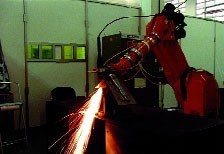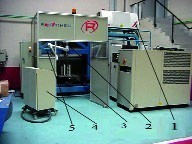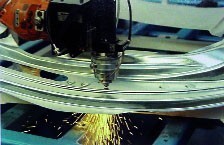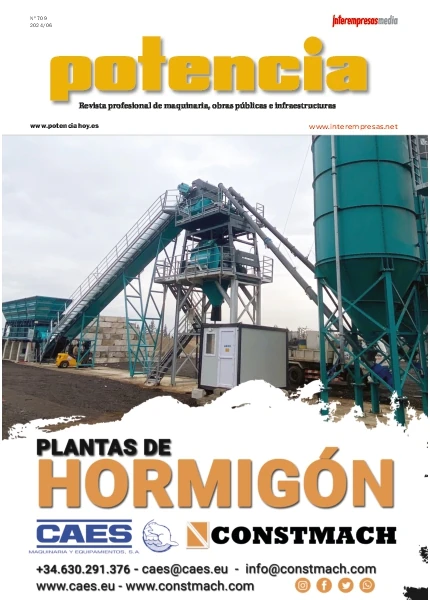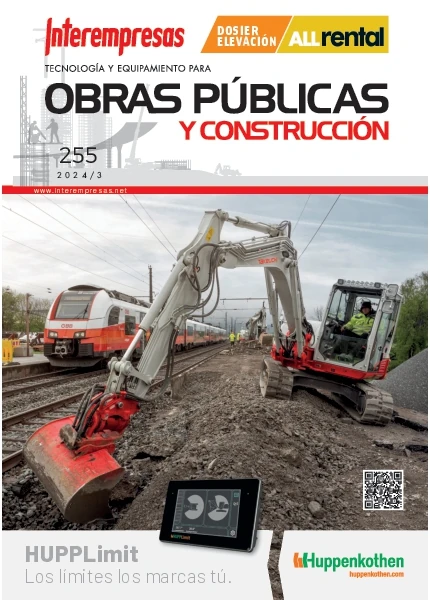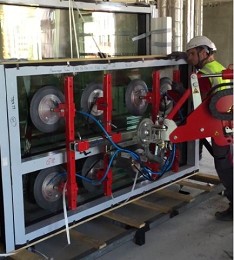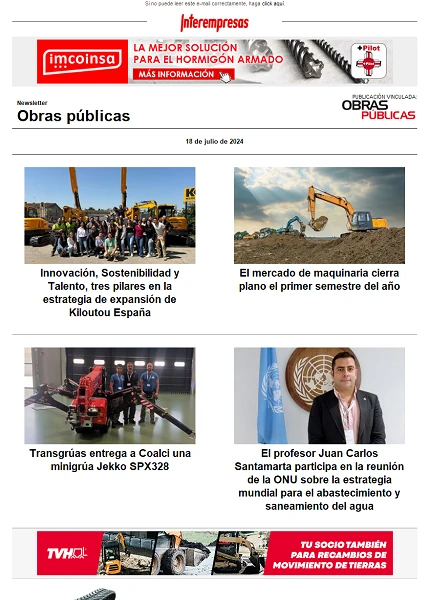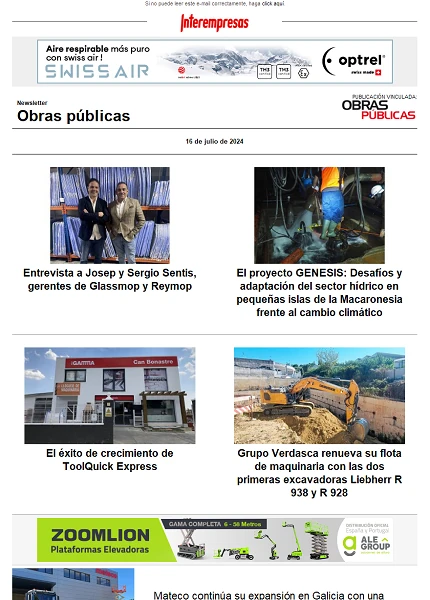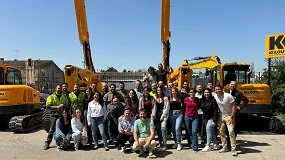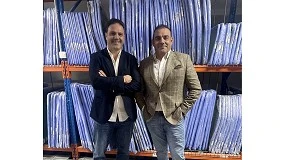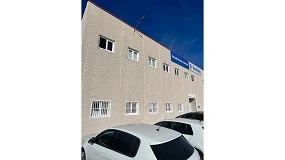This news article was originally written in Spanish. It has been automatically translated for your convenience. Reasonable efforts have been made to provide an accurate translation, however, no automated translation is perfect nor is it intended to replace a human translator. The original article in Spanish can be viewed at
Corte de chapa por láserEquipment and technologies for sheetmetal
Of sheet metal by laser cutting
José Pérez Larrazabal, Juan María Etayo, Jesús María López and Arantxa Rentería.
Department of design, engineering and manufacturing of Robotiker15/03/2002
1. THE PROCESS OF CUTTING BY LASER
Since the early 20th century postulated that the transition between States of energy to the excite an atom can be emitting a photon, until our days, has greatly changed the use given to the laser energy. The beam of coherent light obtained at the end of an optical resonator by excitation of the average asset is a laser beam (acronym for "Light Amplification by the Stimulated Emission of Radiation"), which duly Treaty will become a source of energy of high use. The characteristics of the laser energy enable its use in a very direct way in current industrial applications of processing of materials in general and of sheet metal cutting in particular.
The process is the focus of the laser beam at a point in the material you wish to treat, so he founds and evaporate thus cutting. As it seeks to symbolize the figure 1 beam laser, with a particular power from the generator and a system of driving (Figure 1.1), you arrive at the head (Figure 1.2). Within this, an optical Group (Figure 1.3) is responsible for focusing the beam with a certain diameter, on a point of interest of the material to be treated. The positioning of the focal point of the beam on the surface to be cut is a critical parameter. The process requires a gas of assistance (Figure 1.4), which is applied through the own mouthpiece of the head, coaxial to the own laser beam. This gas can be inert to avoid oxidation or asset to catalyze the process. At the same time promotes the Elimination of molten material, steam and plasma in the area of Court (Figure 1.5). The appearance of some grooves or roughness on cut surfaces (Figure 1.6) is typical. The conjunction of these factors, along with others such as the relative velocity between the head and the piece, produced an energy density (with characteristic values in order of magnitude of MW/cm2), arising from the Court for each type of material.

Fig. 1.-: Representative of the court process modeling.
Although the majority application of the laser cutting occurs in metallic materials, other materials such as rubber, glass, leather, or wood are likely to be cut with this method. Court applications laser for metallic materials must take into account aspects such as quality of the material or possible coatings (oil, rust, paint, etc.) as factors important for the final result.
Of all the generic characteristics of laser processing, which are set out below have a greater role in the specific case of the industrial process of sheet metal cutting.
• Ability to act on areas of reduced size.
The diameter of the spot that strikes the surface to be cut is worth half around the three tenths of a millimeter. This leads to the achievement of furrows of Court very narrow dimensions very similar to the own spot or slightly higher. Also, the distortions that originates in the material are minimal.
• Accessibility.
The possibility of transmitting the laser through optical fiber beam makes that, mounted a cutting head in an anthropomorphic robot, it could reach any orientation of court in the field of work of the robot
• No mechanical contact with the piece.
There is wear of the tool by contact as the optical group that focuses the beam originates in working position there is a separation between the mouthpiece out of which the ray and the piece.
• Sophisticated systems.
The programming is done in a comfortable and precise way. The devices can include tables of parameters for cutting various materials. The automation of the process as well as the laser machine communication with other devices such as CNC, processing centers, elements of quality control, systems of management of errors and alarms as well as devices for monitoring on-line of the machine and the laser process is possible.
The big disadvantage which presents of sheet metal cutting by laser with other procedures mainly resides in the maximum thickness that can be cut. Other procedures such as the flame cutting, cutting by plasma, wire EDM and waterjet cutting can cut thicknesses greater than the laser. The Court by punching has only limited cutting thickness less than those who cut the laser.
2. INDUSTRIAL APPLICATION OF THE LASER CUTTING.
Industrial applications of laser processing of materials it is estimated that about 60% of the activity is dedicated to the Court. One of the industries which absorbs mostly this activity is the automotive industry and the automotive auxiliary industry.
Below are a few examples that characterize and justify the use of cutting laser of three-dimensional sheet in the automotive sector:
- necessary Tool in cut of preseries in the process of manufacture of coin sharp.
- Alternative of acceptable cost to the use of coin sharp. Has to consider this application only in cases of series limited.
- fast Cut of panels of bodywork for the car.
- Reduces the stock in special series making possible cut optionally. It is possible that the auxiliary sector supply a type of piece, that depending on available options of the vehicle will be able to be cut or no in the chain of production of an optional way, for example just in the previous stage to the process of painted.
- The cells of cut are flexible and reduced and if they include a robot (figure 2), purchase all the possibilities of rescheduling and reuse that enters this last.
Fig. 2 Cell of robotic Court of Robotiker
Fig. 3 Cell Robotiker CO2 laser cutting
3 DEVICES FOR LASER CUTTING
Devices for cutting laser can be defined as those who are able to transmit the energy providing a generator up the material to try to carry out the process. Industrial laser systems have the following fundamental elements:
• Generating laser (Figure 3.1):
It is responsible for providing the beam laser characteristics (power, frequency, etc.) programmed.
• Conduction of the ray and final focus system (Figure 3.2):
He is responsible for transmitting the laser beam to the desired point of the material to be processed.
• Handling (piece or source) system (Figure 3.3):
There are two possibilities, as well as possible combinations of the two: A possibility is to leave the set piece and move the targeting system and another possibility would be the fix the laser head and move the piece to be cut.
• Auxiliary devices, sensors and control devices (Figure 3.4):
Laser cutting equipment is fitted with a control system that allows its programming. Likewise, the court process can be tracked and monitored through sensors. The information obtained can be used in control systems, systems of inspection of quality or to learn about the State of the machine laser among others.
• Security system (Figure 3.5):
To avoid the risk that causes radiation laser or materials that are cut.
• Process gas supply:
As explained above it is necessary to support gas to favour the laser process.
4. CLASSIFICATION OF THE DEVICES FOR CUT OF SHEET BY LASER
The most commonly used in industrial applications of cutting laser are the ND: YAG and CO2. They are called so by referring to the average assets of its generator, i.e. in the first case the laser is generated from the excitement of Crystal of YAG taken drugs with Nd ions while the latter is excited a gas composed of CO2N2, and I have. Although there are differences in the characteristics of the laser beam that is generated in one case, the choice of a system over another is mainly influenced by the different mode of transmission of the beam with a view to the design of industrial devices for sheetmetal operations. While in CO2 systems the laser beam is transmitted through mirrors to have an impact on the piece to be cut, ND: YAG lasers also allow that transmission of beam can be done through optical fiber.
The possibility of transmitting the laser beam through fiber-optic provides great versatility to the option of the ND: YAG laser. In applications of court 2D or flat sheet metal laser head is usually static and is the plate which moves in a XY table. In these cases, the most widely used system is the CO2. However, in applications of three-dimensional laser cutting or embedded sheet the possibility of transmitting the laser beam by fiber glass makes a very powerful option of the ND: YAG laser. Among other advantages of these systems is to integrate a team of ND: YAG laser on an anthropomorphic robot (6 angular axes) for general use. This brings to the process of cutting all the intrinsic robot properties as described above.
The devices used for three-dimensional sheetmetal are porches and robots. Any of them can be used with the two types of laser described, although the two most common settings are the gantry robot with ND: YAG and CO2. The porches are structures with at least three Cartesian axes (that allow to position the head in three-dimensional space) and usually other two angular axes to be able to redirect the tool in the field of work.
Fig. 5. Robot Court transmitted optical fiber laser.
The porticos, greater mechanical robustness, are characterized by greater precision of positioning 0.01 mm) and a uniform behaviour on the entire volume of work. Industrial robots have worse accuracy (less than 0.2 mm) and its dynamic behavior depends on the instant configuration of the axes. Among the advantages of the industrial robots (anthropomorphic) we cite its simple integration in plant and better accessibility and increased scope of the cutting tool.
In its activity of r & d and business support Robotiker has designed and participated in the further development of systems of three-dimensional sheet metal cutting. It should be noted has done a gantry for cutting development three-dimensional laser sheet which is currently operating in a company of the automotive auxiliary industry. The system has five axes that allow independent position and orientation of the head. The generator is of ND: YAG and is transmitted through optical fiber. The system has, among others, an optical device for helping programming. Likewise, this type of activity promotes the participation of companies and engineering in cooperation projects.
The laser system showing the figure 3 is another example of a project led by Robotiker. In this case was a portico of four axes CO2 which is currently operating in the facilities of Robotiker Zamudio.
Robotiker has also participated in European projects as they ROLAN (Robotizadas applications for the automotive industry). During the implementation of this project was integrated technology laser ND: YAG fiber glass in an anthropomorphic robot-driven and studied their application in operations of sheet metal cutting for car bodies.
5. NEW TRENDS: MONITORING AND SUPERVISION OF THE QUALITY IN THE PROCESS OF CUTTING LASER
The question of where will evolve the process of laser cutting comes answered the needs posed by the industry itself that uses. Within these needs is the key expression of the quality assurance. Becomes more and more the realization of a control to ensure that quality requirements.
Robotiker works actively in the development of systems of supervision and monitoring on-line machine both the laser process. The sensing of the cutting head gives information of relevant parameters for the process and on the basis of this premise can be configured such systems.
Robotiker is currently working in the European project LASCON (increased productivity by monitoring on-line process and machinery machining laser systems). The objectives of this project are:
- Monitoring of the machine laser, that will attain a total reduction of the errors and an increase of availability of at least 10%.
- Development of a process of monitoring and control like tool of aseguramiento of the quality of the process
- Integration of these systems in surroundings of production.
- A quantitative evaluation of the quality and of the improvements in availability.
- Development of a protocol of communication for communication to and from the control units of the laser or systems CNC.
Among the different tasks of the project, Robotiker has been responsible for the selection of the hardware and installation of the control system that monitors the quality of the cutting process and the State of the machine. Figure 6 shows the control cabinet developed by Robotiker in this project communicated with the Court cell by CO2 available in their facilities.
Fig. 6 Control cabinet developed by Robotiker communicated with court cell.
6. VIRTUAL INSTITUTE OF LASER.
Currently, Robotiker participates in a project called VELI (Virtual European Laser Institute), involving several European centres experts in laser systems. The objective of this project is the development of the accessibility and use of the experience in laser in Europe for its use in enterprises SMEs. This will be achieved through the creation of a virtual network whose reference to Spain is the technology centre Robotiker.
Related Companies or Entities
Fundación Robotiker (Tecnalia)

